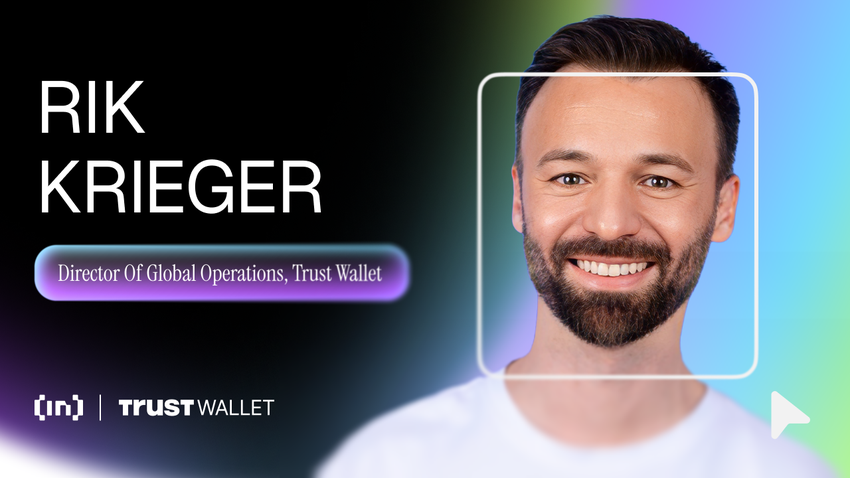I still remember a moment early in my journey with HOPR that completely shifted how I viewed the crypto space. We were in the middle of a late-night testnet sprint when someone in our Discord, a pseudonymous user from Vietnam, started rallying others to troubleshoot a node syncing issue. Within hours, a spontaneous group had formed, spanning four continents, debugging logs and sharing fixes faster than our core team could keep up. That moment showed me something no whitepaper or roadmap ever could: the real strength of a crypto project isn’t just its code – it’s the community behind it.
When I first entered the industry, I assumed the hardest problems would be technical: scaling networks, shipping features, writing code that could stand the test of time. But experiences like that taught me a different truth: the real challenge is community. Code can be forked and capital can move in an instant, but the trust, identity, and sense of belonging that communities create are ultimately what endure.
The GameStop saga in 2021 also offered an early glimpse of this power. Thousands of ordinary people rallied together under a common narrative, creating what felt like a cultural movement as much as a financial one. The same dynamic exists in Web3: technology and tokenomics may set the stage, but it is the collective energy of people that decides whether an idea becomes a movement. In a space built on decentralization, the real alpha has always been the community itself.
What Makes a Community More Than a Marketing Tagline?
Authenticity is the starting point. Web3 audiences recognize “PR speak” instantly. Real authenticity is not about oversharing every detail, but about designing habits that make honesty unavoidable: open conversations, candid updates, and plain language that allows people to form their own judgments. At Trust Wallet, we’ve made a point of publishing transparent product updates and security disclosures – even when they reveal trade-offs – because honesty builds trust that marketing alone can’t. In crypto, where uncertainty is the norm, that trust is priceless.
Contribution is just as vital. Too many communities optimize for likes, replies, and emoji reactions. The stronger ones create low-friction paths for people to participate meaningfully. Naming a feature, contributing to documentation, or testing a beta build may sound small, but each step turns a spectator into a stakeholder. With Trust Wallet, users have helped test features like the browser extension beta, giving feedback that directly shaped launches. When people can do something that actually matters, they don’t just show up for the good times – they help carry the project through the difficult ones.
Culture also requires governance. Just as codebases need testing frameworks, communities need clear norms. Setting boundaries for respectful dialogue, running regular rituals like AMAs or contributor calls, and establishing fair processes for conflict all turn what might otherwise be a noisy chatroom into a resilient network. At Trust Wallet, initiatives like community calls and structured support channels give people a predictable rhythm for updates and interaction. These routines create predictability, and predictability creates trust.
Feedback loops close the circle. Listening is not a Telegram channel or scanning X for a vocal group of degens; it is a system where input translates into visible change. Polls, open forums, and sentiment check-ins only matter if projects show how that feedback influenced decisions. At Trust Wallet, we’ve built changelogs and product announcements that highlight when community-suggested features go live, giving contributors clear credit. Over time, this loop transforms passive users into co-creators.
Why Community Is the Only Moat That Matters in Web3
A healthy community isn’t defined by vanity metrics. It’s seen in how readers become contributors, how quickly concerns are addressed, and how participation grows more diverse over time. These signals may be quieter than raw numbers, but they reveal long-term resilience.
No project gets it perfect. What matters is legibility: making decisions visible, admitting mistakes, and showing progress in public. Communities don’t expect all the answers – they expect honesty and accountability. Meeting that expectation is what earns trust when the next challenge arrives.
In a space that often rewards loudness, steady and consistent practice is a competitive edge. Ship the code, yes – but also ship the rituals, feedback loops, and participation pathways that turn users into builders. That’s how communities outlast market cycles and why the strongest ones feel like home.

